Aryavaidyan: A Quarterly Journal of The Arya Vaidya Sala-Kottakkal
The hundred years that passed by were eventful in the annals of the history of ayurveda. Never before did the system face such a strong challenge. In its three-millennium record, it had, for the first time, an encounter with an alien culture. The new wave had two things to its advantage - a post-industrial revolutionary zeal and the patronage of the ruling class. Ayurveda came to the verge of extinction; it had to struggle hard for existence. It is a different story that by the end of the century it came out victorious and won world-wide recognition which it never had dreamt at no phase in its history. The point here is that it had to undergo the litmus-text for survival.
The struggle itself was historic. In the first phase it had virtually lost the battle. Later ayurveda won the fight because, by the time, it was not alone in the field. The new national awakening, search for our own identity, renaissance notions of universal brother-hood, breakdown of the rigid societal structure-all these contributed to the resurrection of the ancient knowledge systems. All over the country, there were stalwarts to walk ahead bearing the torch of enlightenment - Sankar Sastri Pade in Maharashtra, Gananath Sen in Bengal, to name only two from the field of anyurveda. This mantle in the south fell on P.S. Varier. His role in rejuvenating the ailing system is well recognized. All are unanimous to state that the Arya Vaidya Sala, founded by Vaidyaratnam P.S. Varier symbolizes the cultural renaissance of traditional knowledge, No wonder, the century of Arya Vaidya Sala became a national even for all.
During the years passed, there were changes in all the branches of Ayurvedic activities - manufacturing of medicines, quality control, standardization, etc. but the most revolutionary events occurred in the field of education. The process of socialization of knowledge was the landmark of the era. The hundred years transformed the mind-set cultivated through thousand years. The single factor responsible for this transformation is education. Mass-based institutional studies replaced the age-old preceptor-disciple-based traditional system; curricula underwent drastic re-shuffle and teachers invented new methods for teaching. In short, the personalized experiences transmitted though generations were subjected to scientific evaluation. The process, in general, elevated the status of ayurveda in the eyes of the masses. This issue of the journal gives a glimpse of the evolutionary process and tries to evaluate the merits of the emerging situation. Our contributors represent different constituencies - educationists, teachers, research scholars and students. The discussants also have in their mind the recommendations of the draft national policy on Indian Systems of Medicines, 2001. We look forward for our Readers’ response on this sensitive subject.
The third part of this combined volume carries a brief report of the inauguration of the centenary celebrations and 56th plenary session of All India Ayurvedic Congress. The Scientific Seminar spread over seven technical sessions delighted the academic community very much. Thirty-six research papers were presented for discussion. The proceeds of the Seminar will be published separately.
We were serializing the English commentary of Rasavaiseshikasootra of Bhadanta Nagarjuna for the last twenty-seven issues beginning from Vol. VII, No. 3- 1994. It is complete by this issues. The text in four chapters covered various aspects of pharmacology. The commentary by the eminent physician Vaidyabhooshanam K. Raghavan Thirumulpad will be highly useful to those interested in dravyagunavijnana. The scholarly world is, undoubtedly, indebted to the erudite commentator.
We would like to add few columns in the journal to felicitate more meaningful inter-action with our readers. Proposals are invited. The Research Corner is devoted exclusively for the research activities in universities, colleges and other institutions. Send in your details.
Get it now and save 10%
BECOME A MEMBER

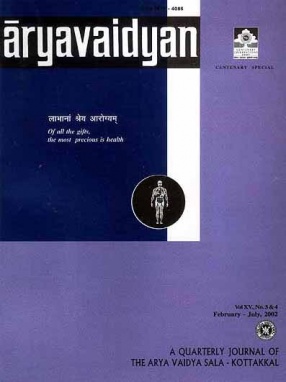

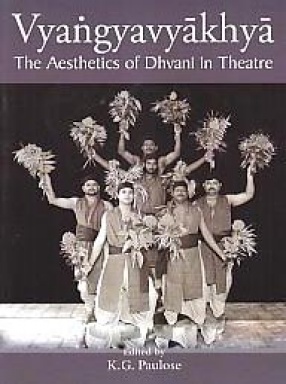
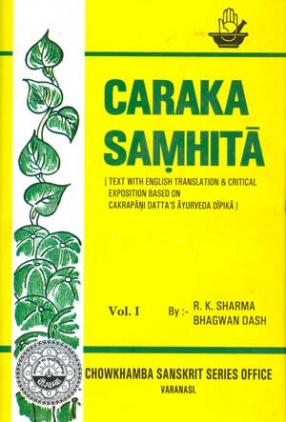
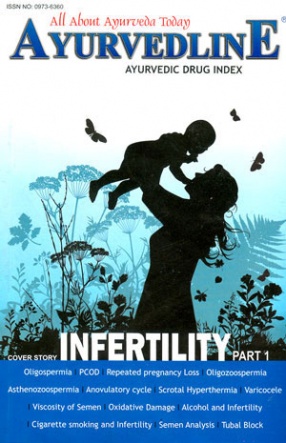
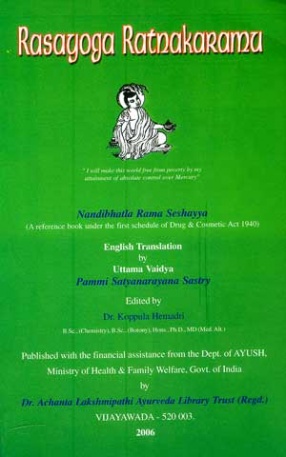
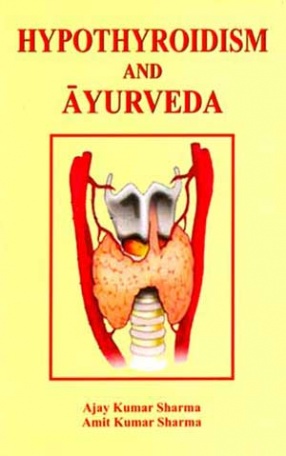

Bibliographic information